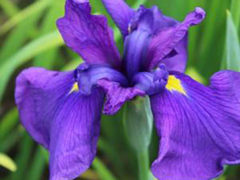
‘Purple Flame’ blue flag
Iris versicolor ‘Purple Flame’
An exciting selection of Iris versicolor from Mt. Cuba Center. Similar in many ways to … Continued
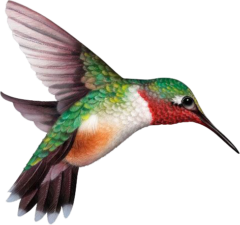 Hummingbirds, bees and butterflies are well-known pollinators, but there are thousands of unsung pollinator heroes, including moths, wasps, flies, and beetles, many mammals, birds, and reptiles, who also take on the job.
Hummingbirds, bees and butterflies are well-known pollinators, but there are thousands of unsung pollinator heroes, including moths, wasps, flies, and beetles, many mammals, birds, and reptiles, who also take on the job.
Pollinators move from plant to plant, fueling up with pollen and nectar from blooming trees, shrubs, perennials, annuals, vegetable plants, and herbs. As they move, the pollinators transport and deposit pollen, fertilizing plants and allowing them to reproduce.
Pollinator plants can be native and non-native, but not all flowering plants are equal when it comes to providing the highest quality protein-rich pollen. Many hybrids don’t even produce pollen at all. The following list includes pollen-rich plants to include in your garden to provide pollinators with food.
Local butterfly expert Lenora Larson has created these informational handouts. You can download them here!
• Butterflies: Flying Flowers in your Garden!
• A Vital Connection: Native Plants and Butterflies
• Long Lips Farm Caterpillar Foodplants
• Butterfly Bartending: Nectar Flowers
• Long Lips Farm: Selected Butterfly Nectar Flowers
• Bee Friendly: Plants for Bees and Other Pollinators
Since 1970 the population of North American birds has dropped nearly 30% — almost three billion birds have vanished from our forests, grasslands, and backyards in less than a human lifetime. It’s a chilling fact that makes it clear that we must act as individuals to help ensure their survival.
Most importantly, ninety-six percent of all terrestrial bird species rear their young on insects so it is also important to grow plants that feed insects to provide a well-rounded habitat in your garden.
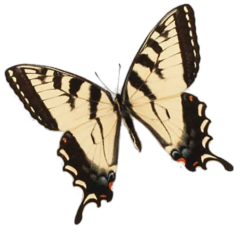

Iris versicolor ‘Purple Flame’
An exciting selection of Iris versicolor from Mt. Cuba Center. Similar in many ways to … Continued
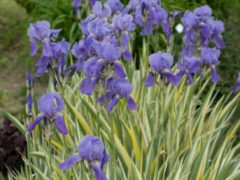
Iris pallida ‘Albo-Variegata’
Striking sword-like leaves of golden-yellow and green stripes remain evergreen in mild winters. Lavender-blue flowers … Continued
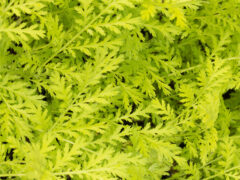
Tanacetum vulgare 'Isla Gold'
Lacy, deer-resistant foliage emerges bright gold in early spring and holds its brilliant color until … Continued
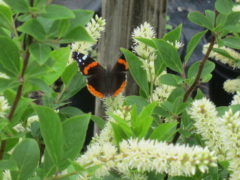
Itea virginica
‘Little Henry’ is a gorgeous native selection that prefers moist soils and will tolerate wet … Continued
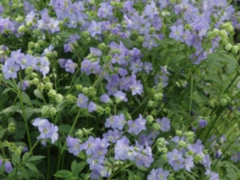
Polemonium reptans
Jacob’s ladder flourishes in bright shade with moist rich loamy soil. Plants tolerate sandy, acid … Continued
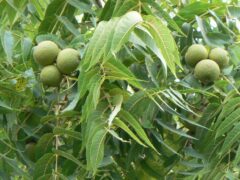
Juglans nigra
When grown in the open, the black walnut reaches 75′ tall with a round, low … Continued
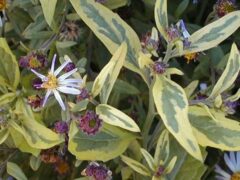
Kalimeris yomena 'Variegata'
A variegated relative of the aster, ‘Variegata’ has narrow green leaves edged in yellow. As … Continued
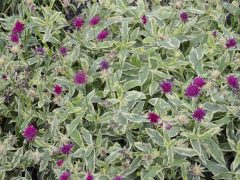
Knautia macedonia 'Thunder and Lightning'
A profusion of brilliant ruby-red flowers June til frost on compact dwarf plants with striking … Continued
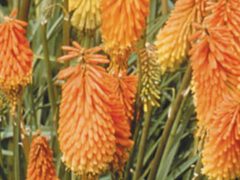
Kniphofia uvaria ‘Gold Rush’
Many red and yellow flower spikes open brightly all summer summer atop a low-growing, thick … Continued
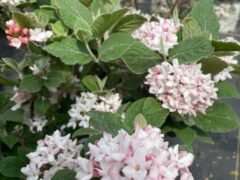
Viburnum carlesii
Korean spice is cold hardy and to care for, growing best in sunny to partly … Continued
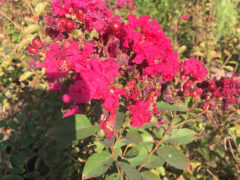
Lagerstroemia indica
With striking late season blooms and gorgeous bark, crapemyrtle can be grown as a shrub … Continued
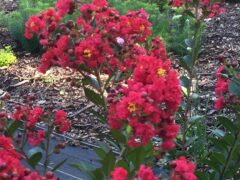
Lagerstroemia indica 'Whit II'
Sometimes called the “lilac of the South,” new cold-hardy cultivars enable more areas of the … Continued